This is a Sinclair Cambridge vintage calculator from 1973. It's not just any Sinclair Cambridge vintage calculator, but an original model 1. I know this because it has a "K" key. The model 2 had a "CE" key instead of "K".
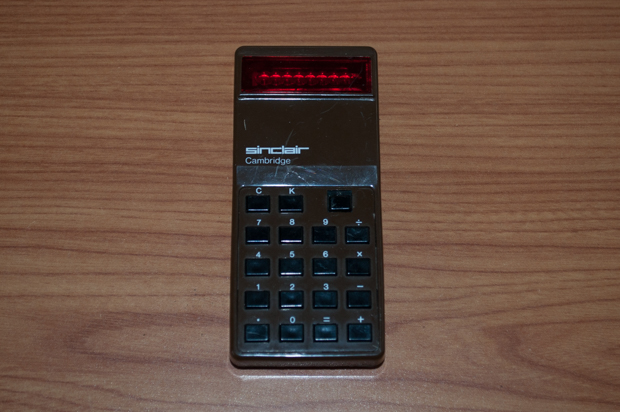
The Cambridge was first released in the UK in 1973, and then a year later in the US. The original price was $79.95 for a DIY kit and $99.95 for a fully assembled one. Adjusted for inflation, this $99.95 would cost you $490 bucks today! So when you hear people complaining about the price of iPhones and iPads, you can remind them of how far we've come.
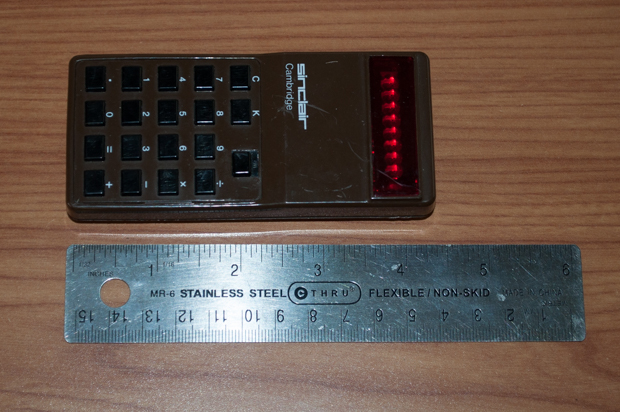
It takes four AAA batteries.
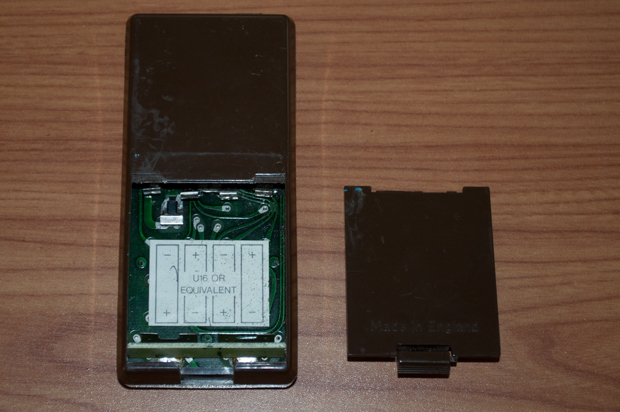
I popped some batteries in and powered it on. Unfortunately, it just displays a bunch of garbage.
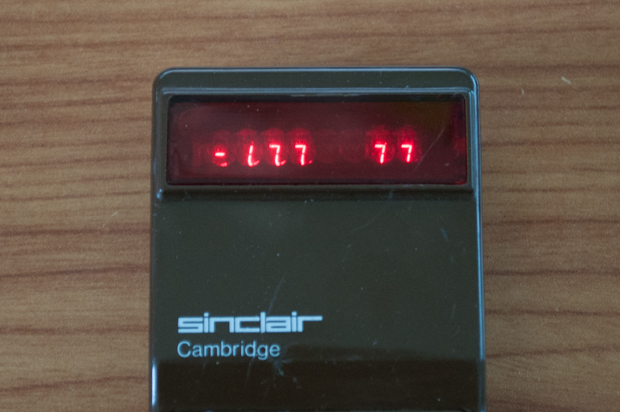
Pressing the buttons doesn't seem to do anything. Each time, I get a random number. What digits illuminate also seems to be random and intermittent. One thing is for sure, it never displays the actual number you typed. Half the time, the display just cuts out completely.
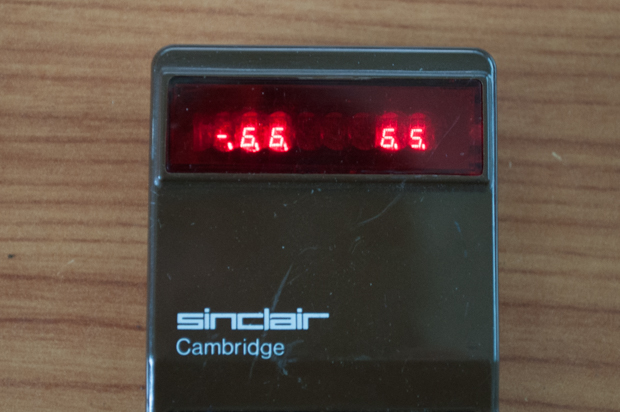
Time to crack it open and see what's what.
Well, what do we have here? Is this actually a prototype? Or a model 1 with some tweaks? My Dad started working at Pico in 1974, so he's not sure of this calculator's origin. He found it in a junk pile. So who knows? It may have never worked at all.

The black chips are marked ITT 7319 and 7335. I couldn't find a single datasheet on either chip. They are probably just TTL chips. The top one is almost certainly an LED driver. The capacitors are also marked ITT, so they were probably just a general-purpose electronics distributor. I don't think they're anything custom.
The main microcontroller is marked "GIMT3 C550". It's manufactured by General Instruments Microelectronics. My Dad's boss, George Stevenson, started the Glenrothes branch of GI in Scotland in 1972. He then left GI in order to start up Pico Electronics, Ltd in order to develop a single chip calculator. So it makes sense that my Dad would find an early calculator with a GI chip in a junk pile at Pico.
It's definitely a prototype. The white chips were never used in production calculators.
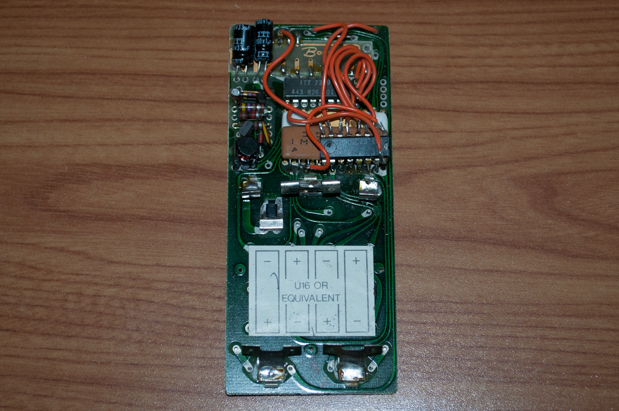
I touched up a few solder joints that looked a little shoddy, but it had no effect. This calculator is toast.
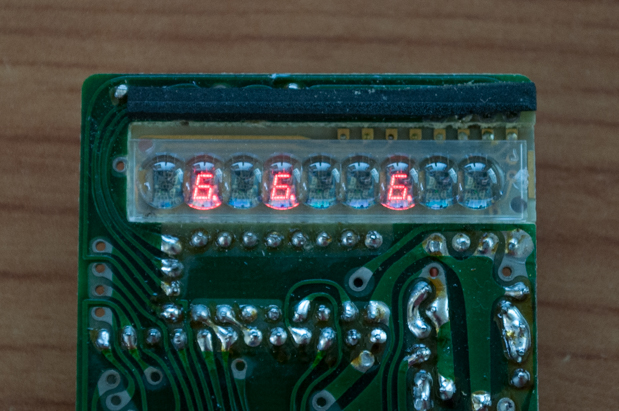
I'd love to liberate the display from it and repurpose it as a digital clock, but the vintage calculator geeks would probably lose their mind.
For now, I'll just have to marvel at this little piece of microcontroller history.









